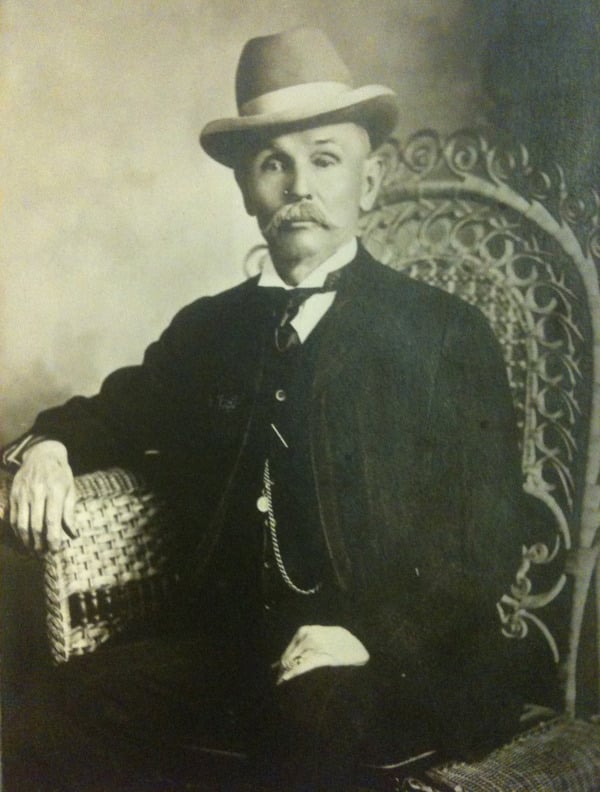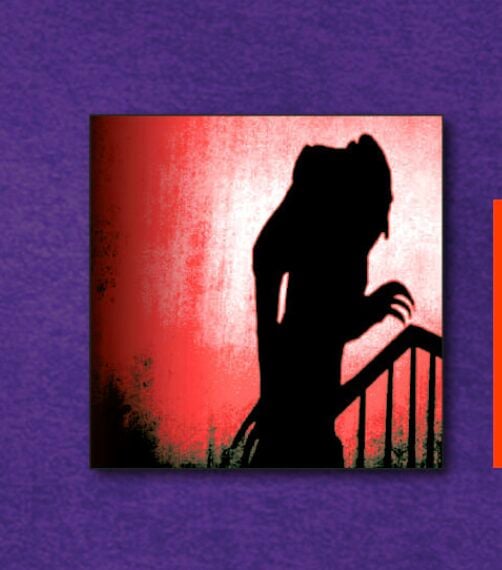(Editor’s note: This story originally appeared at Kentucky Today last year. We are republishing it here to wish all our readers a very Merry Christmas and a very happy holiday season.)
By Chip Hutchieson
Kentucky Today
A song often heard as Christmas approaches is that the holiday “is the most wonderful time of the year.” But for many, it’s a difficult time — especially for those grieving the loss of a loved one who won’t be at the family Christmas gathering this year. Of course, there are other reasons for anxiety. All it takes is a look at the news stories each day and you quickly understand the times are perilous.

Longfellow’s famous poem turned carol.
One of my favorite Christmas stories is worth revisiting. As bad as times may be today, it looked worse to Henry Wadsworth Longfellow 161 years ago, although it wasn’t published until 1865. The tragedies of his life inspired one of the favorite Christmas carols we still sing. Hopefully no matter what your situation is today, the story of his carol will encourage you.
It was Christmas Day 1863 and the country was in the midst of a Civil War — a war he hated. His personal life had more than its share of troubled times when he composed the words to the popular Christmas carol “I Heard the Bells on Christmas Day.” The carol was originally a poem titled “Christmas Bells.”
The story behind Longfellow’s “poem turned carol” is one born of his own sorrows.
In 1861, Longfellow’s wife, Fannie Elizabeth, died tragically when her dress caught fire. Longfellow, waking from a nap, did his best to put out the flames — first with a rug and then his own body, but she had already suffered severe burns.
She died the next morning (July 10, 1861), and Henry Longfellow’s facial burns were so severe that he was unable to attend her funeral. He grew a beard to hide his burned face — and at times feared that he would be sent to an asylum because of his grief.
In March 1863, Charles Longfellow, the oldest of six children born to Henry and Fannie Elizabeth, joined the Union Army. He was 18, but hid his action from his family.
When he tried to enlist as a private with the 1st Massachusetts Artillery, the battery commander wrote to Henry Longfellow, asking for written permission for his son to be a soldier. That request was granted.
“Charley” impressed his fellow soldiers and superiors so much that he was soon granted a commission as a second lieutenant.
However, within a few months Charley contracted typhoid fever and was sent home to recover. He rejoined his unit on Aug. 15, 1863, missing the Battle of Gettysburg.
Longfellow was dining at home on Dec. 1, 1863, when he received a telegram saying his son had been severely wounded four days earlier. While involved in a skirmish during a battle of the Mine Run Campaign, Charley was shot through the left shoulder, with the bullet exiting under his right shoulder blade. It had traveled across his back and skimmed his spine. Charley avoided being paralyzed by less than an inch.
The surgeon informed Longfellow that Charley’s wound “was very serious” and that “paralysis might ensue.” Three surgeons gave a more favorable report, suggesting a recovery that would require him to be “long in healing,” defined by “at least six months.”
So on Christmas day, 1863, Longfellow — a 57-year-old widowed father of six children, the oldest nearly paralyzed as his country fought a war against itself — wrote a poem seeking to capture the turmoil in his own heart and the world around him. He heard the Christmas bells that December day and the singing of “peace on earth” (Luke 2:14), but he observed a world of injustice and violence that seemed to contradict this optimistic outlook.
That’s what led to the saddest words in his poem, reflecting the misery of a man who felt no hope …
And in despair I bowed my head; “There is no peace on earth,” I said. “For hate is strong and mocks the song of peace on earth, goodwill to men!”
In his crisis of belief, somehow the Christmas bells that morning reminded him of a deep truth, which resulted in the following stanza:
Then pealed the bells more loud and deep:
“God is not dead, nor doth He sleep;
The wrong shall fail, the right prevail,
With peace on earth, goodwill to men!
The cloud over Longfellow’s life began to lift when he made the decision to focus on the reality that God is alive, that He is sovereign and has a greater plan than we can understand.
We agree with one writer who said, “We will never see the type of ‘peace on earth’ that so many long for. But we can experience peace in our hearts when we put our faith and trust in the God who created the universe … that’s the kind of peace Longfellow finally experienced.”
For you, perhaps it’s not hearing church bells that remind you God is alive and is keenly aware of the struggles and challenges you face. But Scripture can serve that much needed purpose.
My friend and Sunday school teacher, Jim Hume, is a retired pharmacist and bivocational pastor. He tells of the couple years ago who came to his pharmacy window right after the wife had been diagnosed with cancer. Rather than suggest a medication for the couple’s anxiety, his prescription was to each day consider the words of 1 Peter 5:7: Casting all your anxieties on Him, because He cares for you. Along with that verse came the advice to consider that verse every day.
Later, the man told Jim how meaningful that verse had been to the couple. It provides a reminder for all believers that we need not listen for church bells, but look into Scripture to be reminded of the assurances we have that God truly does care for us, that He is indeed faithful.
On that December morning in 1863, Longfellow recognized that “God is not dead, nor doth He sleep.”
That statement is just as true today as it was then.
And that is why we can all gladly say, “Merry Christmas.”

















1952 first grade ..I was in a first grade play portraying Henry Wadsworth Longfellow …still remember that such a long time ago…merry Christmas everyone
What an encouraging article! Thank you so much.
well done and said!